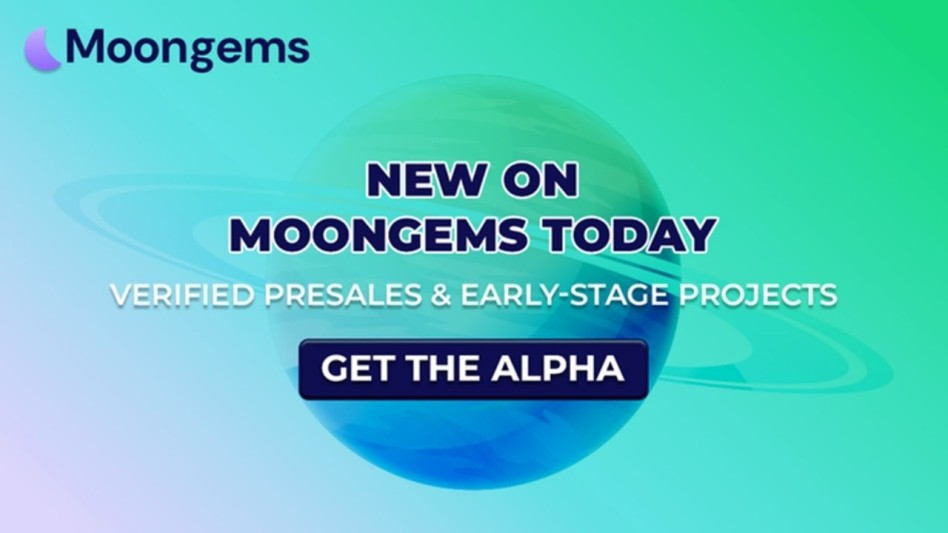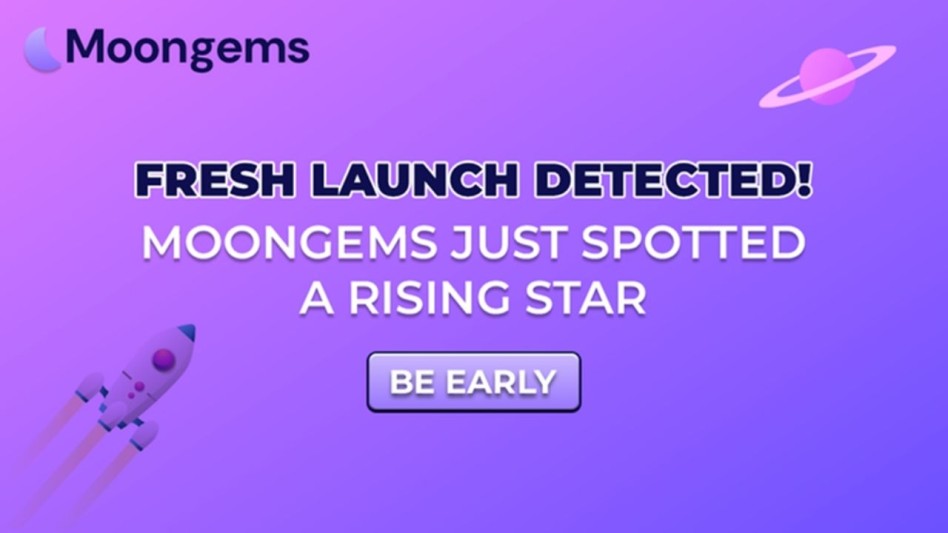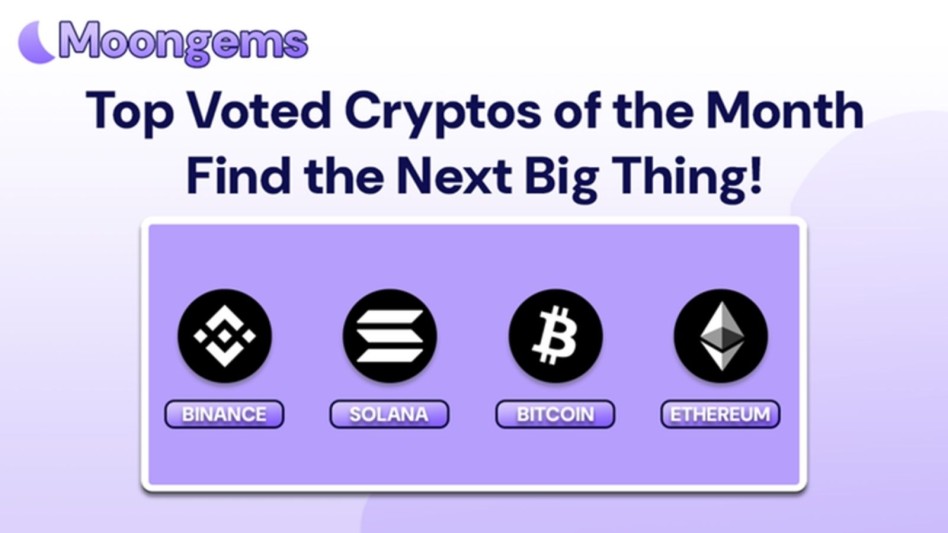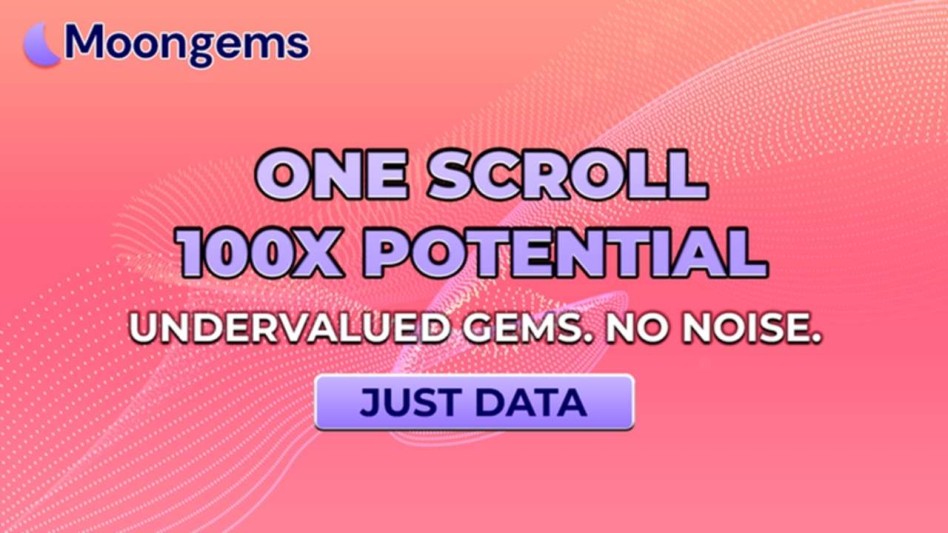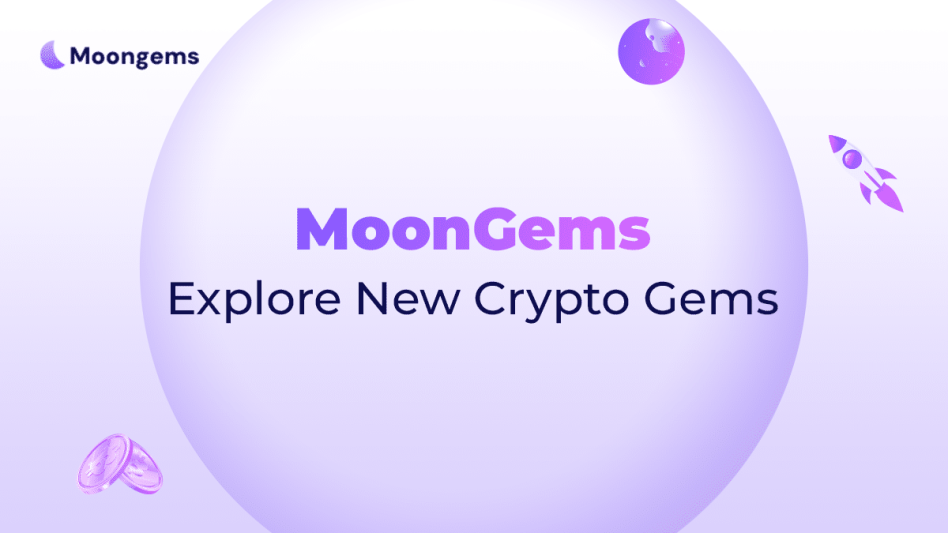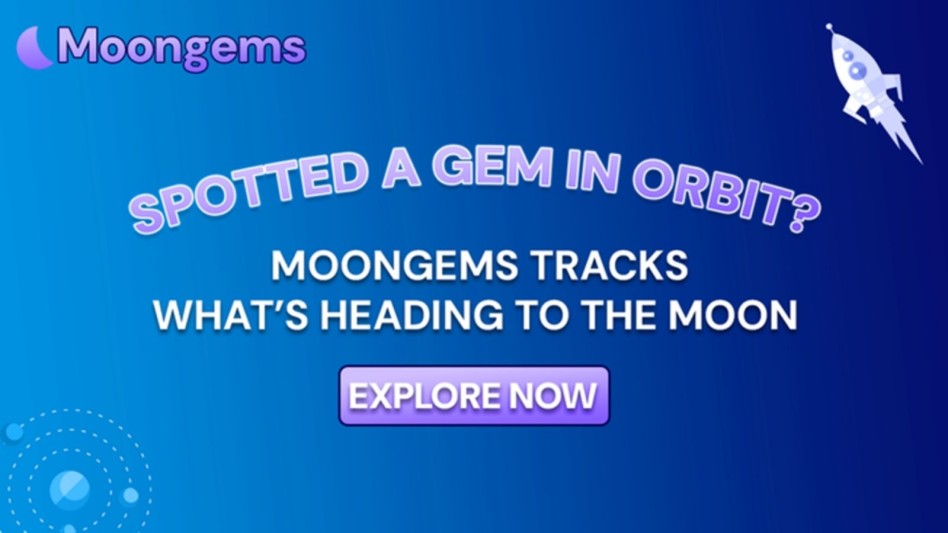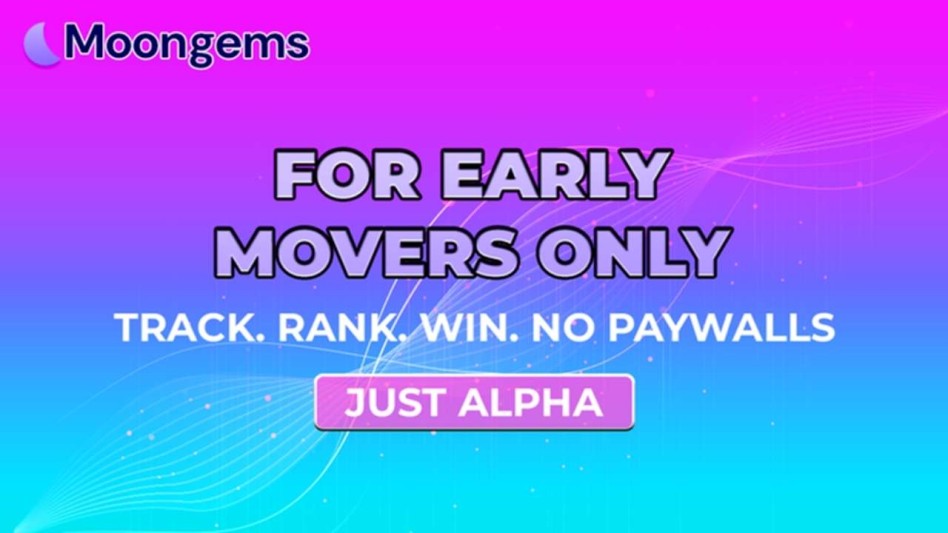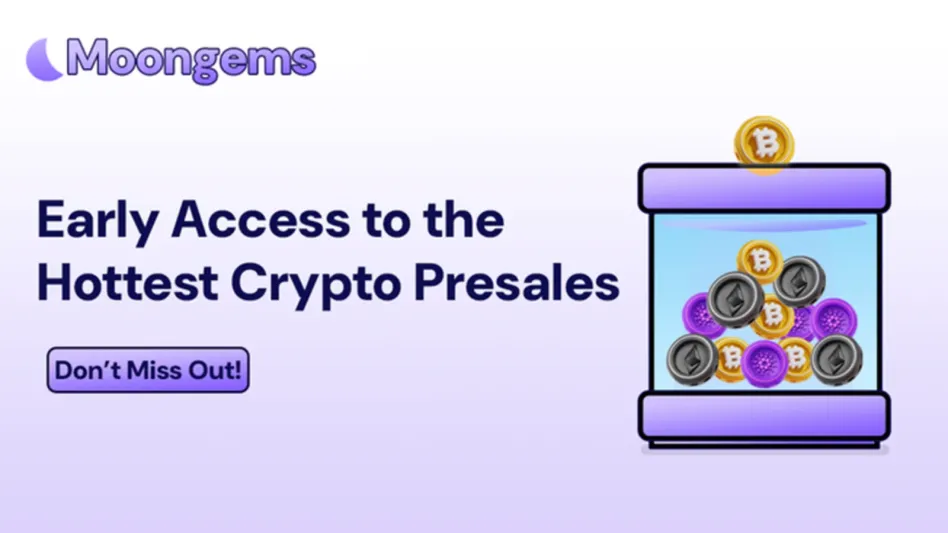Author: Jawad Hussain – Crypto Analyst & Web3 Researcher | 9+ years tracking presales, IDOs, and token launches. Follow him on Twitter
In 2025, the crypto space is more crowded, competitive, and high-stakes than ever. With hundreds of tokens launching monthly, figuring out which ones have real value and are just hype can feel overwhelming. That’s where tokenomics steps in.
Think of tokenomics as the financial DNA of a crypto project. It explains how a token works, how it's distributed, how its value could rise (or fall), and whether it's built to last. In short, if you want to avoid rug pulls and weak projects, learning to evaluate tokenomics is non-negotiable.
Whether you're just starting or you’ve been around the blockchain a few times, this guide will give you a practical, beginner-friendly process for analyzing tokenomics like a seasoned pro.
What Is Tokenomics and Why It’s Critical for Crypto Investing
Tokenomics is a mashup of “token” and “economics”—a framework that governs a cryptocurrency’s supply, distribution, use cases, and incentives. It's what gives a token long-term value instead of just pump-and-dump hype.
A project with solid tokenomics gives investors confidence. It ensures fair supply distribution, healthy liquidity, and incentives that align with long-term growth. Weak or shady tokenomics? That’s where you get sudden dumps, unfair insider gains, and communities left holding the bag.
The 7 Core Elements of Tokenomics You Should Always Check
1. Total Supply and Max Supply: Scarcity vs. Spam
The total supply tells you how many tokens exist today, while the max supply shows how many will ever exist. A fixed max supply (like Bitcoin's 21M) often increases scarcity and long-term value. On the flip side, tokens with no cap can flood the market—especially if the team prints more when times get tough.
Watch out for hidden inflation. Even a 1 billion total supply might be fine—if demand supports it and emissions are managed. But if half of that supply is suddenly released into the market? Expect price slippage, big time.
2. Token Allocation: Who Owns What
How are tokens divided between the team, early investors, the community, and the treasury?
If insiders hold 70% of the supply, that’s a red flag. It means the project could be manipulated by a few wallets. Ideally, look for transparency, detailed allocation charts, and a healthy share reserved for public and ecosystem use.
3. Vesting Schedules: Slow Unlocks Win the Race
Even if the allocation looks fair, it’s the vesting schedule that tells the real story.
Are team and investor tokens locked for a long time? Is there a “cliff” (delay before tokens start unlocking)? These details matter. Without proper vesting, insiders can dump on public investors after launch—a classic playbook in failed projects.
4. Inflation or Deflation: The Burn Factor
Inflation isn’t always bad, but uncontrolled token printing can wreck prices. Conversely, deflationary models (like token burns or buybacks) help increase scarcity.
Projects like BNB and SHIB use burns as a value strategy. Just make sure there’s an actual burn mechanism in place—not just vague promises in a roadmap.
5. Utility: What the Token Is Actually For
Why does the token exist? Is it used for payments, governance, staking, gaming, or something else?
If a token has no real function or is only used “for ecosystem development,” that’s not good enough. Real utility gives tokens lasting demand. No utility = no reason to hold.
6. Incentives and Staking Rewards
Incentives help attract users, but they have to be sustainable. Projects offering 1000% APY often collapse under their own weight.
Look for projects where rewards are reasonable and tied to meaningful activity (e.g., locking tokens, providing liquidity, participating in governance—not just farming for farming’s sake).
7. Liquidity & Market Making
Can you actually trade the token without major slippage? Are the majority of tokens stuck in a single DEX pool?
Healthy liquidity across multiple exchanges helps prevent flash crashes and promotes price stability. Thin liquidity is a setup for wild volatility—and not the good kind.
How to Research Tokenomics: Step-by-Step Process
Start with the Whitepaper (But Don’t Stop There)
Whitepapers give the project's official stance on supply, allocation, and utility. But remember: a whitepaper is just marketing. Cross-check everything with public data.
If the whitepaper is vague, overcomplicated, or missing—skip the project.
Use Public Dashboards Like TokenUnlocks and DeFiLlama
Sites like TokenUnlocks and DeFiLlama give you live data on upcoming unlocks, vesting schedules, staking programs, and more. These tools are essential for spotting red flags before they cost you money.
Check Wallet Distribution on Etherscan or Solscan
Explore the token contract and look at the top wallet holders. Are 90% of tokens held by just 10 wallets? Are most tokens locked in smart contracts or controlled by insiders?
This info is 100% public and reveals a lot about trustworthiness.
Case Study: Good vs. Bad Tokenomics
Good Example (Anonymous):
A DeFi protocol launched with 1 billion tokens, 50% to the public, 20% to liquidity, and 30% to team/investors with a 2-year vesting and 6-month cliff. Tokens had clear staking use and deflationary burns. Result? Organic growth and 10x in 18 months.
Bad Example (Anonymous):
A meme coin launched with 100 billion tokens, 85% controlled by insiders. No vesting. 15% in a single DEX pool. No utility. Devs dumped after hype died. Price dropped 98% in 2 weeks.
Common Red Flags to Watch Out For
- Massive insider token control
- Sudden unlock events
- No real token utility
- Copy-paste whitepapers
- Hidden max supply or stealth inflation
- No mention of audits or transparency reports
If a project’s tokenomics even makes you sketchy, trust your gut and walk away.
Final Checklist: 8 Questions Before You Invest in Any Token
- What’s the total and max supply?
- Who owns the majority of tokens?
- Are there proper vesting schedules?
- What’s the inflation or burn model?
- Is there real utility behind the token?
- Are staking rewards sustainable?
- Is liquidity healthy and spread across exchanges?
- Can I verify all this info with public tools?
If you can answer all of these with confidence, you’re way ahead of most retail investors in the space.
Conclusion: Why Tokenomics Is Your First Line of Defense
Strong tokenomics won’t guarantee profits, but weak tokenomics almost always guarantees losses. In 2025’s fast-moving and unpredictable crypto market, understanding token structure is your first line of defense against hype, rugs, and FOMO traps.
Whether you’re DYORing your next gem or browsing presales on MoonGems, always dig into the tokenomics. It's not just about charts—it’s about what’s behind the token that truly matters.
Use MoonGems to find presales with healthy, transparent tokenomics today.
FAQs
- What is tokenomics in crypto?
Tokenomics refers to the economic structure behind a cryptocurrency—how it's created, distributed, and used. - Why is tokenomics important for investors?
It helps determine a token's sustainability, fairness, and potential for long-term growth or collapse. - What is vesting in tokenomics?
Vesting locks tokens for a set time, preventing early investors or teams from dumping immediately after launch. - What tools can I use to check tokenomics?
Use TokenUnlocks, DeFiLlama, Etherscan, and the project’s whitepaper and GitHub (if available). - What does deflationary token mean?
It means the token supply reduces over time, usually through burns or buybacks—helping increase scarcity and value. - What is a token burn?
A process where tokens are permanently removed from circulation, reducing total supply.
Glossary of Key Terms
Tokenomics – Economic model and rules behind a token
Vesting – Time-locks on token release for teams/investors
Inflationary – Token supply increases over time
Deflationary – Token supply decreases over time
Utility – Real use case or function of a token
Staking – Locking up tokens to earn rewards
Liquidity – Availability of tokens for buying/selling on exchanges
Disclaimer:
This content is for informational purposes only and does not constitute financial advice. Always do your own research (DYOR) before investing in cryptocurrencies. Crypto assets are high-risk and volatile. Past performance is not indicative of future results.




